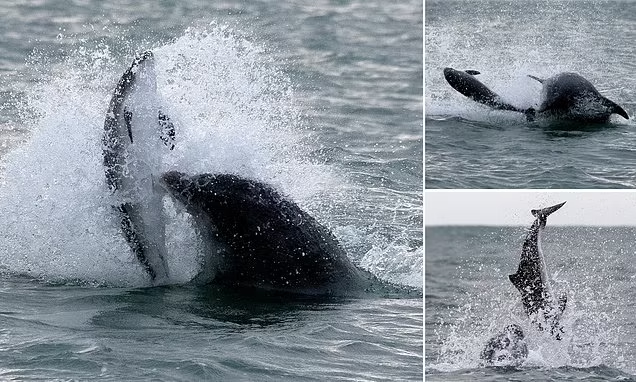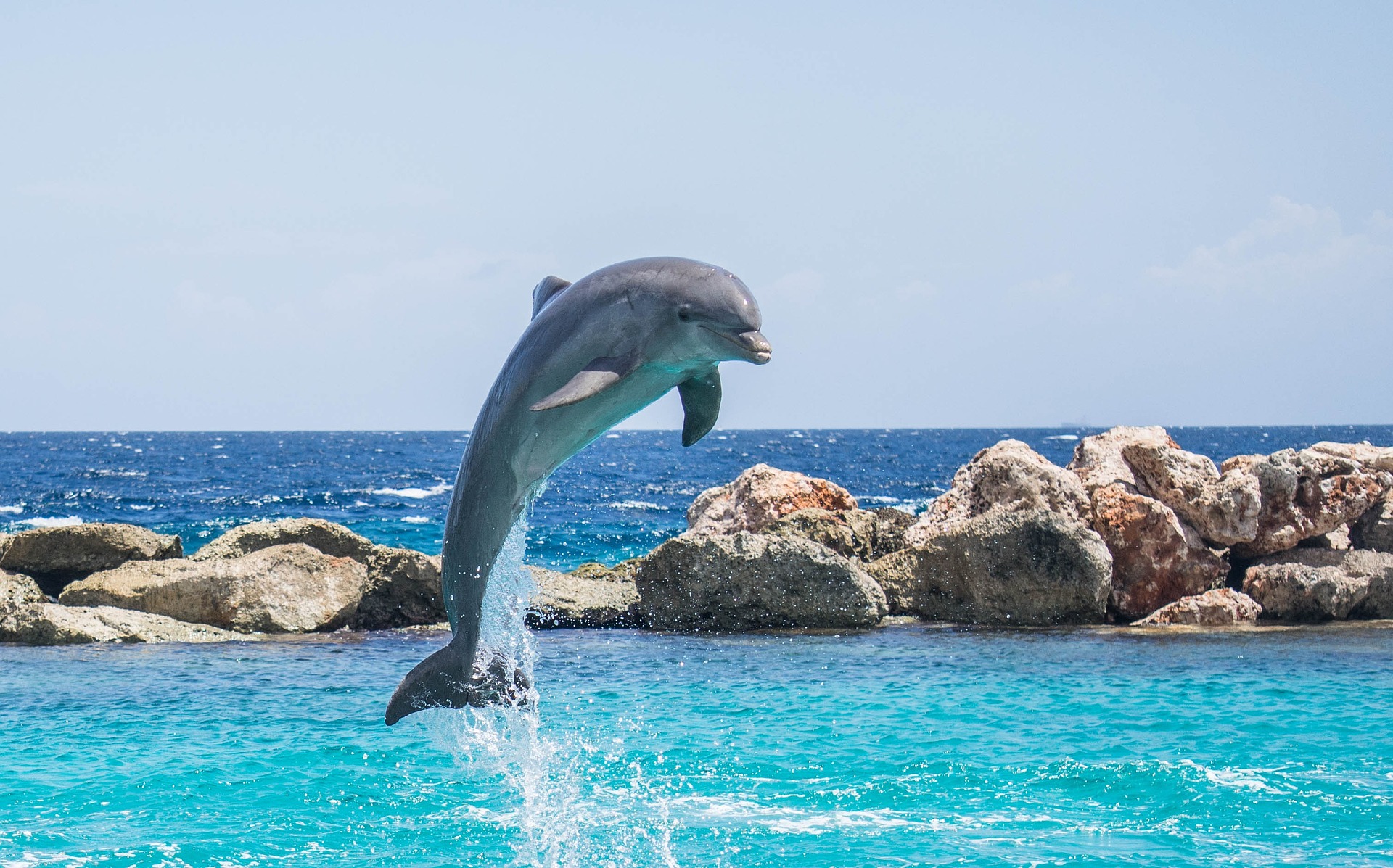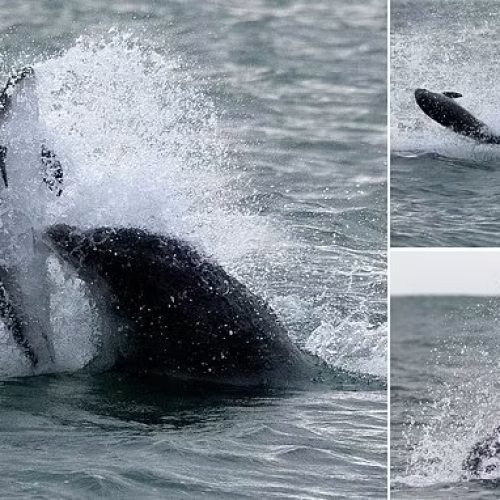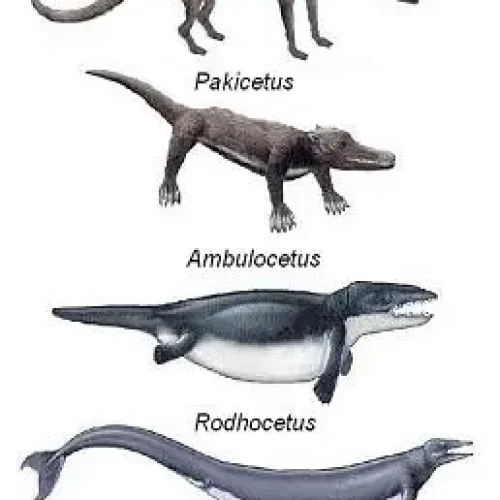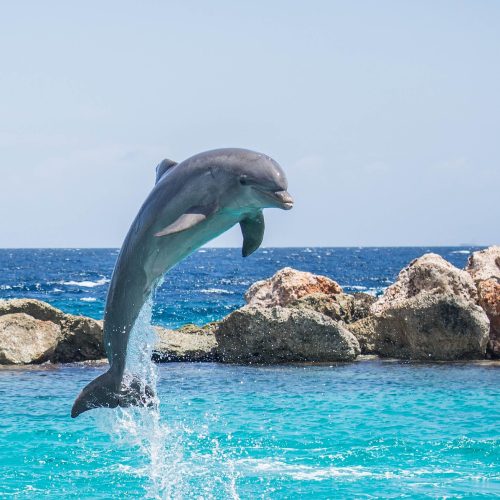Dolphins, with their intelligence, charisma, and ecological significance, are more than just beloved aquatic mammals; they are the sentinels of the sea.
As indicator species, dolphins provide us with invaluable insights into the health and well-being of our oceans.
By understanding the importance of these magnificent creatures, we can better appreciate the urgent need to protect them and the marine environment they call home.

In this article
DOLPHINS: SENTINELS OF THE SEA
As graceful and intelligent marine mammals, dolphins play a crucial role in maintaining the delicate balance of the oceans. Their presence and well-being serve as vital indicators of the overall health of marine ecosystems.
By monitoring dolphin populations, scientists can assess the state of their habitats and the broader ocean environment.
Dolphins are intricately connected to the ecosystems they inhabit. Changes in water quality, prey availability, and other environmental factors can significantly impact their survival and reproduction.
As such, fluctuations in dolphin populations can provide early warning signs of ecological distress, allowing for timely conservation efforts.
ECOLOGICAL IMPORTANCE OF DOLPHINS
Within marine food webs, dolphins act as top predators, exerting a significant influence on the populations of their prey species. By regulating the abundance of fish and squid, dolphins help maintain a delicate equilibrium in the ocean’s ecosystems.
A healthy dolphin population ensures that prey species do not become overabundant, which could lead to cascading effects on lower trophic levels.
Moreover, dolphins play a vital role in nutrient cycling and energy transfer within marine ecosystems.
Their foraging activities and waste products contribute to the redistribution of nutrients, supporting the growth of phytoplankton and other primary producers. This, in turn, fuels the entire food web, from tiny zooplankton to large predatory fish.
DOLPHINS AS ECOSYSTEM ENGINEERS
Beyond their roles as predators and nutrient cyclers, dolphins also act as ecosystem engineers. Through their physical interactions with the environment, they modify and shape their habitats in significant ways.
Dolphin foraging behavior, such as digging into the seafloor in search of prey, can alter the structure and composition of benthic communities.
These physical modifications create microhabitats and niches for other species to exploit. For example, the disturbance caused by dolphin foraging can expose buried nutrients, promoting the growth of certain plant and animal species.
By creating these diverse habitats, dolphins enhance biodiversity and contribute to the overall resilience of marine ecosystems.
The ecological importance of dolphins extends far beyond their charismatic appearance and intelligent behavior. As sentinels of the sea, they provide valuable insights into the health of our oceans.
Their role as top predators, nutrient cyclers, and ecosystem engineers makes them essential components of marine biodiversity.
To ensure the long-term well-being of our oceans, it is crucial to protect and conserve dolphin populations.
By safeguarding these remarkable creatures and their habitats, we not only preserve their intrinsic value but also maintain the delicate balance that sustains the entire marine ecosystem.
The fate of dolphins is intrinsically linked to the fate of the oceans, and their conservation should be a top priority for all who value the beauty and importance of marine life.
DOLPHINS AND FISHERIES: A COMPLEX RELATIONSHIP
Dolphins and fisheries have a multifaceted relationship that is both competitive and collaborative. As highly intelligent predators, dolphins often target the same fish species as commercial fisheries, leading to potential conflicts over resources.
A study by the University of Montpellier found that in the Mediterranean Sea, bottlenose dolphins and fishermen compete for similar prey, such as hake and sea bream.
However, dolphins can also serve as valuable indicators of fish stock health. Their presence and behavior can provide insights into the abundance and distribution of fish populations.
For example, the appearance of large dolphin pods in an area may suggest a thriving ecosystem with ample prey availability.
Despite their ecological importance, dolphins face significant threats from bycatch and entanglement in fishing gear.
The International Whaling Commission estimates that over 300,000 whales and dolphins die each year due to entanglement in fishing nets and other gear. To mitigate these conflicts, strategies such as the use of acoustic deterrent devices (pingers) and the development of dolphin-friendly fishing techniques are being explored.
DOLPHINS AS FLAGSHIP SPECIES FOR CONSERVATION
Dolphins’ charisma and public appeal make them powerful flagship species for marine conservation. Their intelligence, social behavior, and playful nature have captured the hearts of people worldwide.
Organizations like the World Wildlife Fund leverage this popularity to raise awareness about broader marine conservation issues, such as habitat destruction, pollution, and climate change.
Dolphin-watching tourism has emerged as a potential tool for conservation, generating economic benefits for coastal communities while fostering a greater appreciation for these marine mammals.
In France, dolphin-watching tours in the Mediterranean Sea contribute to local economies and provide opportunities for public education about dolphin conservation.
However, using dolphins as flagship species also has its limitations and challenges. Overemphasis on a single species can sometimes overshadow the importance of broader ecosystem conservation.
Additionally, poorly managed dolphin-watching tourism can lead to harassment and stress for the animals, underscoring the need for responsible practices.
DOLPHINS AND CLIMATE CHANGE
As the Earth’s climate continues to change, dolphins face an uncertain future. Rising sea temperatures, ocean acidification, and shifts in prey distribution can have profound impacts on dolphin populations.
A study published in the journal “Scientific Reports” found that the range of suitable habitat for common dolphins in the Mediterranean Sea could decrease by up to 40% by the end of the century due to climate change.
Dolphins can serve as sentinels for climate-related shifts in marine ecosystems.
Their health, reproductive success, and distribution patterns can provide early warning signs of ecosystem disturbances. For instance, changes in the timing of dolphin migrations or alterations in their diet may indicate climate-driven changes in the availability of prey species.
Interestingly, dolphins may also play a role in carbon sequestration and storage.
A study by the University of St Andrews discovered that the fecal plumes produced by dolphins can stimulate the growth of phytoplankton, which absorb carbon dioxide from the atmosphere. While the overall impact of this process on global carbon cycles is still being investigated, it highlights the complex ways in which dolphins interact with their environment.
As climate change progresses, dolphins will need to adapt to shifting environmental conditions. Some populations may relocate to more suitable habitats, while others may face increased competition for resources.
Conservation efforts must take into account the long-term resilience of dolphin populations in the face of climate change, focusing on protecting critical habitats and maintaining genetic diversity.
DOLPHINS AND POLLUTANTS: CANARIES IN THE COAL MINE
Dolphins, beloved marine mammals known for their intelligence and charisma, also serve as crucial indicators of the health of our oceans. These sentinel species act as “canaries in the coal mine,” providing early warnings of marine pollution levels that threaten entire ecosystems.
Dolphins, as top predators in many marine food webs, are particularly susceptible to the bioaccumulation and biomagnification of contaminants in their tissues.
As pollutants move up the food chain, they become more concentrated in the bodies of dolphins, leading to a host of health issues. Studies have shown that high levels of pollutants such as PCBs, DDT, and heavy metals can impair dolphin immune systems, disrupt reproduction, and even cause cancer.
The impact of pollutants on dolphin populations extends far beyond individual health concerns. As dolphins struggle with the effects of contamination, their declining numbers serve as a red flag for the overall health of marine environments.
By monitoring dolphin health and population dynamics, scientists can gain valuable insights into the extent and severity of environmental contamination, informing conservation efforts and policy decisions.
CULTURAL AND ECONOMIC SIGNIFICANCE OF DOLPHINS
Beyond their ecological importance, dolphins hold a special place in human cultures and economies worldwide.
Dolphin symbolism has been prevalent in various societies throughout history, with many people wondering ‘what does a dolphin symbolize?’
In many mythologies, dolphins are revered as symbols of protection, guidance, and even divinity.
This rich dolphin symbolism has contributed to their cultural significance, which has translated into a thriving tourism industry.
Millions of people seek out dolphin encounters each year, drawn by the positive attributes that dolphins symbolize, such as intelligence, playfulness, and freedom.
In Europe alone, the dolphin tourism industry generates hundreds of millions of euros annually, supporting countless jobs and businesses.
However, balancing the economic benefits of dolphin tourism with the need for conservation remains a challenge.
The cultural and economic value of dolphins, deeply rooted in their symbolism, underscores the importance of preserving these magnificent creatures and their habitats.
PROTECTING DOLPHINS, PRESERVING OCEAN HEALTH
Despite their importance, dolphin populations worldwide face numerous threats, including:
– Entanglement in fishing gear
– Habitat destruction and degradation
– Collisions with vessels
– Noise pollution
– Climate change
To address these challenges, international agreements and legislation have been put in place to safeguard dolphin populations.
The Convention on the Conservation of Migratory Species of Wild Animals (CMS), for example, provides a framework for global cooperation in the conservation of dolphins and other migratory species.
Marine protected areas (MPAs) also play a crucial role in preserving dolphin habitats and populations.
By establishing reserves where human activities are restricted, MPAs offer dolphins and other marine life a chance to thrive in a more natural environment. Studies have shown that well-managed MPAs can lead to significant increases in dolphin abundance and diversity.
Ultimately, the success of dolphin conservation efforts relies on public engagement and education. By raising awareness about the importance of dolphins and the threats they face, we can foster a sense of stewardship for these incredible creatures and the marine environments they call home.

